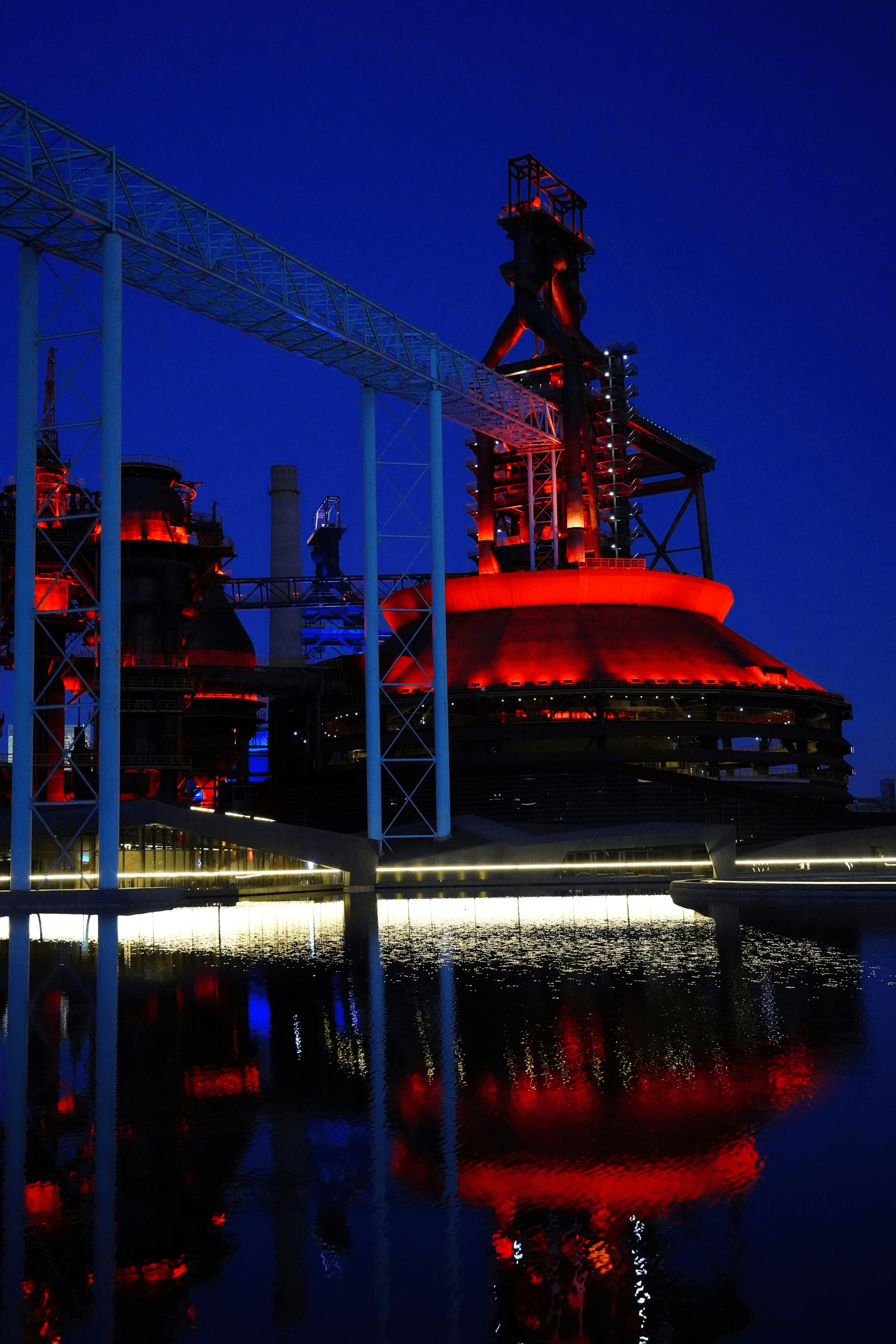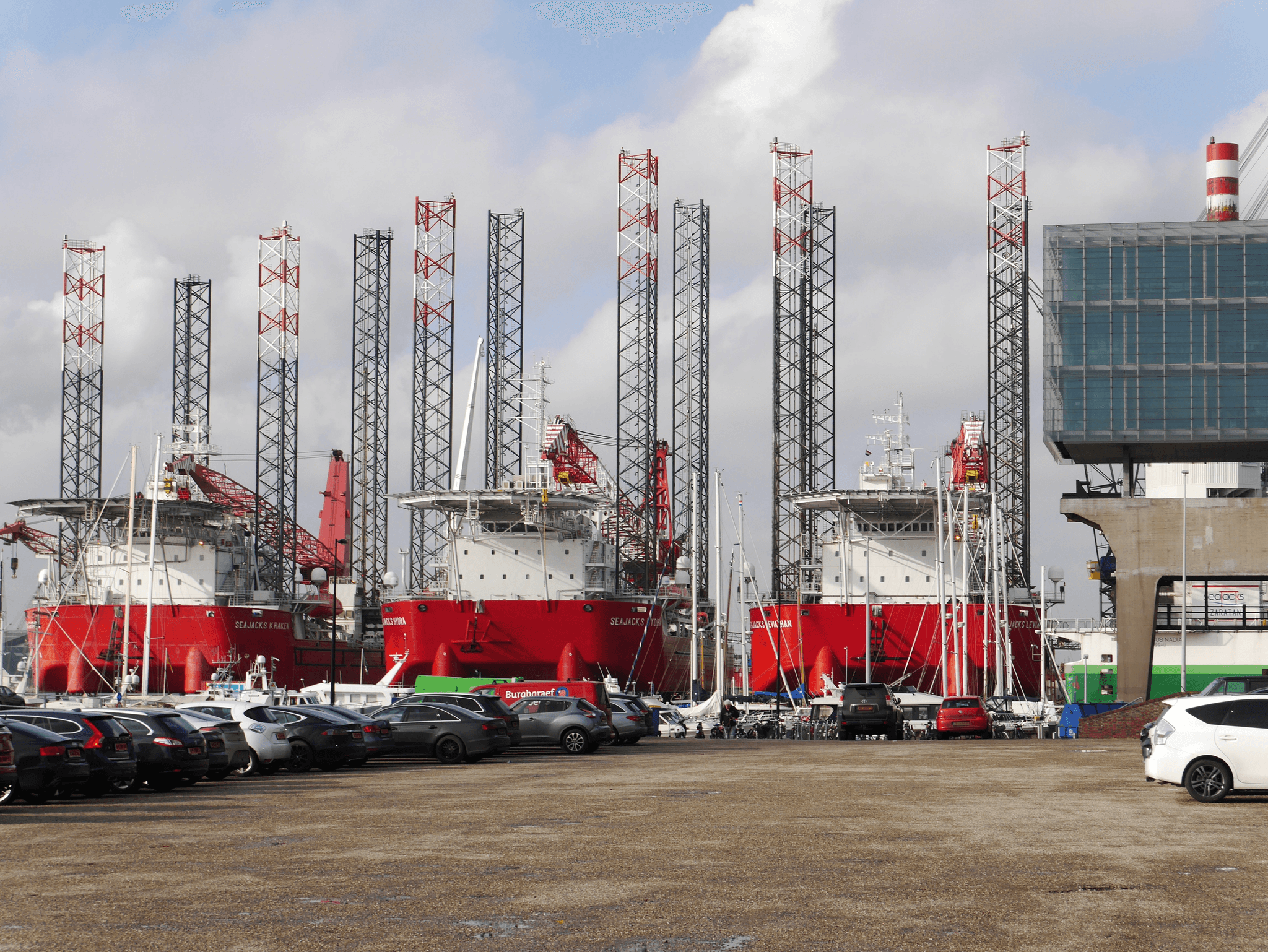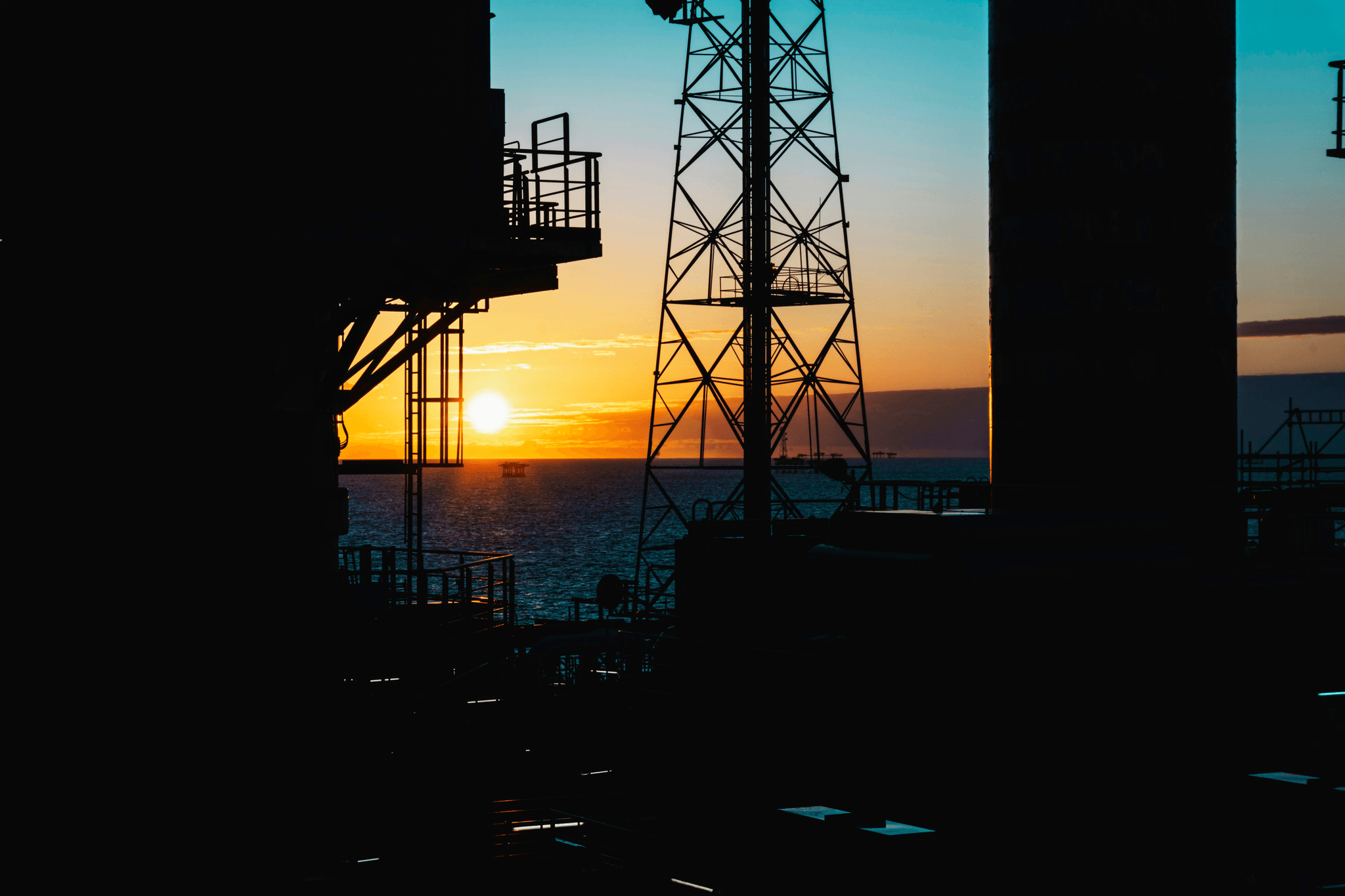Introduction
Oil rig accommodation is a critical aspect of offshore operations, providing essential living spaces for workers in challenging environments. Understanding the unique needs of oil rig accommodation can help companies like PreFab Inc. design and implement solutions that enhance worker comfort and safety. As the industry evolves, recognizing the types of accommodation available and the factors influencing these choices becomes increasingly important.
Understanding Oil Rig Accommodation Needs
The oil and gas industry operates in some of the most remote and inhospitable locations on Earth, making effective accommodation vital for worker morale and productivity. Workers often spend extended periods on rigs, necessitating comfortable living quarters that cater to their basic needs while promoting well-being. PreFab Inc. recognizes these challenges and strives to create innovative oil rig accommodation solutions that address both comfort and functionality.
Types of Oil Rig Accommodation Explained
There are various types of oil rig accommodation designed to meet different operational requirements, ranging from temporary facilities to permanent structures. Temporary accommodations include modular units that can be quickly deployed for short-term projects, while permanent options provide long-lasting housing solutions for extended operations. Understanding these types helps companies select the best fit for their specific oil rig accommodation needs.
Key Factors Influencing Oil Rig Accommodation
Several key factors influence the choice of oil rig accommodation, including location, duration of deployment, budget constraints, and environmental conditions. The remoteness of an operation site can dictate the type of facilities needed, as well as their design features to withstand harsh weather conditions. By considering these factors carefully, companies like PreFab Inc. can offer tailored solutions that ensure optimal living conditions for workers in any scenario.
The Basics of Oil Rig Accommodation

When it comes to oil rig accommodation, understanding the nuances is crucial for ensuring a comfortable and efficient living environment for workers. This type of accommodation is specifically designed to meet the unique needs of personnel who spend extended periods in remote locations, often under challenging conditions. It plays a significant role in worker satisfaction and productivity, making it an essential aspect of oil rig operations.
Definitions and Importance
Oil rig accommodation refers to the living quarters provided for workers on offshore platforms or drilling sites. These accommodations are vital because they directly influence both the well-being of employees and the overall efficiency of operations. When workers have access to quality facilities, it not only enhances their morale but also reduces turnover rates and increases safety compliance—factors that are paramount in such demanding environments.
Common Types Used Today
There are several types of oil rig accommodation currently used across the industry, each serving different purposes based on location and workforce size. Common options include modular units, which can be easily transported and assembled on-site; traditional crew boats that provide temporary lodging; and permanent structures designed for long-term use. PreFab Inc. specializes in creating innovative modular designs that maximize space while ensuring comfort—an essential feature when planning oil rig accommodation.
Overview of Living Conditions
Living conditions in oil rig accommodations can vary widely depending on the type chosen and its location. Generally, these facilities aim to provide basic comforts such as sleeping quarters, dining areas, recreational spaces, and hygiene facilities to support daily life at sea or in remote areas. However, advancements from companies like PreFab Inc. have led to improved amenities that enhance comfort levels significantly—think cozy lounges with entertainment options or fully equipped kitchens where workers can enjoy home-cooked meals after a long shift.
Comparing Temporary vs. Permanent Accommodation

When it comes to oil rig accommodation, the choice between temporary and permanent solutions can significantly impact worker satisfaction and operational efficiency. Each option carries its own set of advantages and disadvantages that must be carefully weighed. Understanding these differences is crucial for companies looking to optimize their accommodations for oil workers in challenging environments.
Pros and Cons of Temporary Options
Temporary oil rig accommodation often provides a quick solution for projects with uncertain timelines or fluctuating workforce needs. One of the main pros is flexibility; companies can easily scale up or down based on demand, allowing them to manage costs effectively. However, temporary setups may lack the comfort and amenities found in permanent solutions, potentially affecting worker morale over extended stays.
Another downside of temporary accommodation is the need for frequent relocations, which can disrupt routines and decrease productivity among workers. While they are often cheaper upfront, hidden costs related to maintenance and setup can add up over time. Ultimately, while temporary options serve immediate needs well, they might not always be the best long-term investment for oil rig accommodation.
Benefits of Permanent Solutions
On the other hand, permanent oil rig accommodation presents several compelling benefits that can enhance both worker comfort and operational efficiency. With a more stable living environment, workers experience improved morale and productivity—essential factors when working in remote locations under harsh conditions. Permanent accommodations are typically designed with better amenities that cater to long-term stays, fostering a sense of community among crew members.
Moreover, investing in permanent solutions often leads to lower overall costs in the long run due to reduced maintenance needs and fewer relocations required over time. Companies like PreFab Inc., known for innovative designs tailored specifically for oil rig living, have reported increased worker retention rates when transitioning from temporary to permanent accommodations. This shift not only boosts employee satisfaction but also enhances overall project performance by maintaining a consistent workforce.
Case Studies: Companies Utilizing Each
Several companies have successfully navigated the waters between temporary and permanent oil rig accommodation solutions with varying results. For instance, Company A opted for temporary housing during initial exploration phases but quickly transitioned to permanent units as operations ramped up; this strategic move enhanced team cohesion while reducing turnover rates significantly.
Conversely, Company B has relied solely on temporary accommodations due to its project-based nature but faced challenges related to high turnover and decreased productivity from constantly shifting living environments—an issue that prompted them to reevaluate their approach moving forward. By analyzing these case studies alongside insights from PreFab Inc., it becomes clear that while both types of accommodation have their place in the industry landscape, aligning options with company goals is key to achieving optimal outcomes.
The Role of PreFab Inc. in Accommodation Solutions

When it comes to oil rig accommodation, PreFab Inc. stands out as a leader in providing innovative solutions tailored for the unique needs of offshore workers. With a focus on maximizing comfort while maintaining functionality, the company has redefined what living quarters can look like on the high seas. Their designs not only prioritize worker welfare but also embrace modern aesthetics and practical layouts that enhance daily living.
Innovative Designs for Oil Rig Living
PreFab Inc. has pioneered several innovative designs specifically crafted for oil rig accommodation, ensuring that every inch of space is utilized effectively. From compact sleeping quarters to communal areas that foster camaraderie among workers, their accommodations are built to encourage both rest after long shifts. These creative layouts not only meet regulatory standards but also offer a sense of home away from home, making life on an oil rig more enjoyable.
Safety and Efficiency in Design
Safety is paramount when it comes to oil rig accommodation, and PreFab Inc. takes this responsibility seriously by integrating advanced safety features into its designs. Each unit is constructed using materials that withstand harsh marine environments while ensuring compliance with industry safety regulations. Additionally, efficiency is at the forefront; these accommodations often include energy-saving technologies and smart layouts that minimize waste while maximizing comfort.
Client Success Stories
PreFab Inc.'s commitment to delivering exceptional oil rig accommodation solutions has resulted in numerous success stories across various projects worldwide. For instance, one major client reported a significant increase in worker satisfaction after transitioning to PreFab's state-of-the-art living quarters—leading to improved productivity rates on site! Another project saw reduced operational costs thanks to efficient design choices that streamlined maintenance and reduced energy consumption over time.
Essential Amenities for Oil Rig Accommodation

When it comes to oil rig accommodation, the right amenities can make all the difference in ensuring a comfortable and productive environment for workers. These facilities not only address basic needs but also enhance the overall quality of life during long shifts at sea or in remote locations. By focusing on essential amenities, companies can create a welcoming atmosphere that helps retain talent and boosts morale.
Must-Have Facilities for Workers
In any oil rig accommodation setup, certain facilities are non-negotiable for ensuring worker satisfaction and safety. Comfortable sleeping quarters equipped with personal storage, air conditioning, and adequate privacy are crucial for restful sleep after long hours of work. Additionally, communal areas featuring dining facilities, recreational spaces, and hygiene amenities like showers and laundry services play a pivotal role in maintaining a healthy work-life balance.
Moreover, having well-equipped kitchens where workers can prepare their meals fosters a sense of community and allows individuals to maintain dietary preferences or restrictions. PreFab Inc. recognizes these needs and designs accommodations that prioritize comfort while adhering to safety standards—ensuring that every worker feels at home even miles away from shore.
Impact of Amenities on Productivity
The link between amenities in oil rig accommodation and productivity is undeniable; comfortable living conditions directly correlate with enhanced performance levels among workers. When employees have access to quality facilities—such as fitness centers or relaxation lounges—they're more likely to recharge effectively during downtime, which translates into sharper focus during work hours.
Additionally, good food options contribute significantly to energy levels; nutritious meals help maintain stamina throughout demanding shifts on the rig. Investing in high-quality accommodations not only benefits individual workers but ultimately leads to increased efficiency across operations—a win-win scenario for companies looking to maximize their output.
Trends in Accommodation Features
As the oil industry evolves, so do trends in oil rig accommodation features aimed at improving worker experience. One notable trend is the integration of smart technology into living spaces; from climate control systems that optimize comfort levels automatically to advanced communication tools enabling seamless connectivity with loved ones back home, modern accommodations are becoming increasingly tech-savvy.
Sustainability is another crucial aspect gaining traction; eco-friendly materials and energy-efficient designs are now commonplace as companies strive to minimize their environmental footprint while providing top-tier living conditions for staff members. PreFab Inc.'s innovative approach ensures that these trends are woven into their designs so that every oil rig accommodation reflects contemporary values while meeting practical needs.
Future Trends in Oil Rig Accommodation

The landscape of oil rig accommodation is evolving, driven by innovation and a growing awareness of sustainability. As the industry grapples with environmental challenges and the need for efficient living solutions, several key trends are emerging that promise to reshape how we think about accommodations on oil rigs. Companies like PreFab Inc. are at the forefront of these changes, pushing boundaries to enhance the living experience for workers in remote locations.
Green Building Practices
Green building practices are becoming increasingly essential in oil rig accommodation as companies strive to reduce their environmental footprint. This involves utilizing sustainable materials, optimizing energy efficiency, and implementing waste reduction strategies during construction and operation. PreFab Inc. is leading the charge by integrating eco-friendly designs that not only benefit the environment but also enhance worker comfort, proving that sustainability can go hand-in-hand with functionality.
Moreover, incorporating renewable energy sources such as solar panels into oil rig accommodation can significantly lower operational costs while promoting a greener image for companies involved in fossil fuel extraction. By prioritizing green practices, operators can create a healthier living environment for workers while contributing to global sustainability efforts. Ultimately, these initiatives not only improve morale but also attract talent who value corporate responsibility.
The Rise of Modular Construction
Modular construction is revolutionizing oil rig accommodation by offering flexible and efficient building solutions that can be adapted to various environments and needs. With modular units being prefabricated off-site and then transported for assembly on location, this approach minimizes construction time and reduces disruption on active rigs. PreFab Inc.'s innovative modular designs exemplify how this trend streamlines operations while providing high-quality living spaces tailored for oil workers.
One of the standout benefits of modular construction is its scalability; whether accommodating a small crew or a large team, these structures can be easily expanded or reconfigured as necessary without significant downtime or resource expenditure. Furthermore, modular units often come equipped with advanced insulation techniques that enhance comfort in extreme weather conditions typical of offshore environments—ultimately ensuring safety and well-being for all personnel involved.
Technology Integration in Living Spaces
Technology integration is another pivotal trend shaping the future of oil rig accommodation as companies seek to create smarter living environments that cater to modern workers' needs. From smart lighting systems that adjust based on occupancy to advanced HVAC systems that optimize air quality and temperature control, these innovations significantly elevate the quality of life aboard an oil rig. PreFab Inc.'s commitment to infusing technology into its designs showcases how digital solutions can streamline daily routines while enhancing overall well-being.
Moreover, incorporating high-speed internet access allows workers to stay connected with families back home while enabling seamless communication among teams on-site—a crucial factor when operating in isolated areas like offshore rigs. Beyond connectivity, tech-savvy amenities such as virtual reality relaxation zones or fitness apps promote mental health and work-life balance among employees facing long shifts in challenging conditions.
In conclusion, the future trends in oil rig accommodation highlight an exciting shift towards sustainability through green building practices, efficiency via modular construction methods, and enhanced living experiences through technology integration—all spearheaded by forward-thinking companies like PreFab Inc.. As these trends continue to evolve alongside industry demands, it becomes increasingly important for operators to invest wisely in accommodations that prioritize both comfort and productivity for their workforce.
Conclusion

In the complex world of oil rig accommodation, making informed decisions is crucial for both worker satisfaction and operational efficiency. Evaluating your options requires a careful assessment of needs, potential challenges, and available solutions. With various types of accommodations ranging from temporary to permanent, companies must weigh their priorities to ensure they choose the best fit for their workforce.
Evaluating Your Oil Rig Accommodation Options
When it comes to oil rig accommodation, understanding the unique requirements of your crew is essential. Factors like location, duration of stay, and amenities can significantly impact overall satisfaction and productivity. Companies should consider collaborating with experts like PreFab Inc., who can provide tailored solutions that meet specific needs while ensuring safety and comfort.
The Importance of Comfort in Harsh Environments
Comfort in harsh environments such as oil rigs cannot be overstated; it directly influences worker morale and productivity levels. Well-designed accommodations that prioritize comfort help reduce stress and fatigue among workers facing challenging conditions at sea or on land. By investing in quality oil rig accommodation options, companies not only enhance employee well-being but also improve retention rates amidst a competitive labor market.
Future-Proofing Accommodation for Oil Workers
As the industry evolves, future-proofing oil rig accommodation becomes increasingly important to adapt to changing workforce expectations and technological advancements. Embracing green building practices and modular construction will not only benefit the environment but also offer flexible living solutions that can evolve. By partnering with innovative companies like PreFab Inc., operators can ensure their accommodations remain relevant and appealing to future generations of oil workers.

